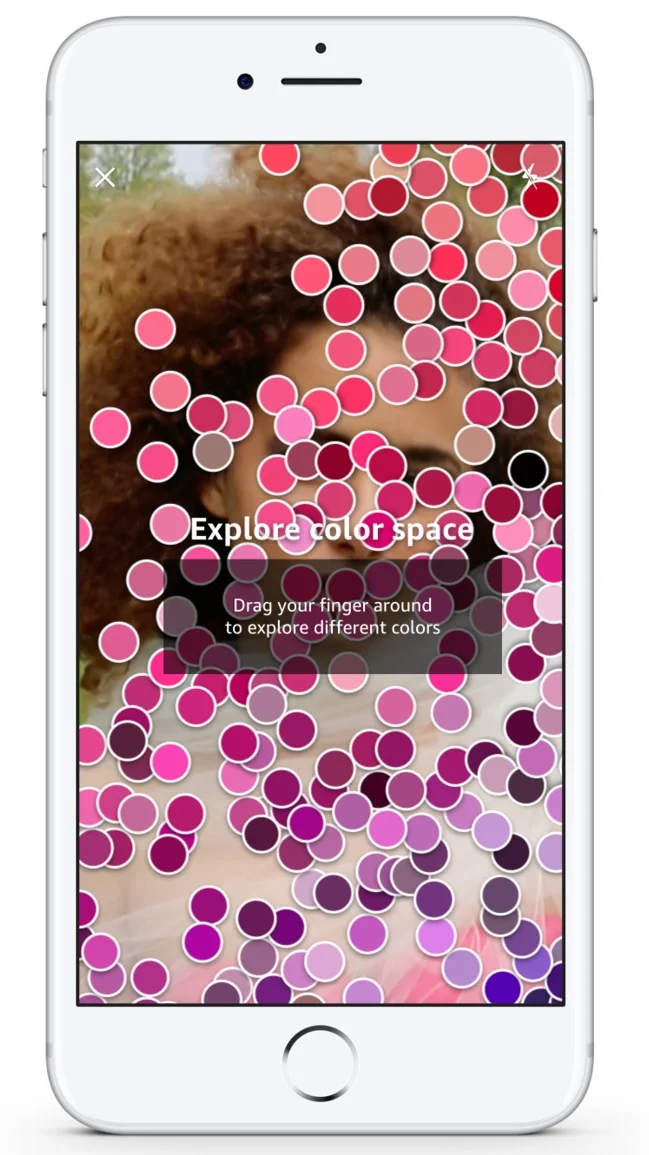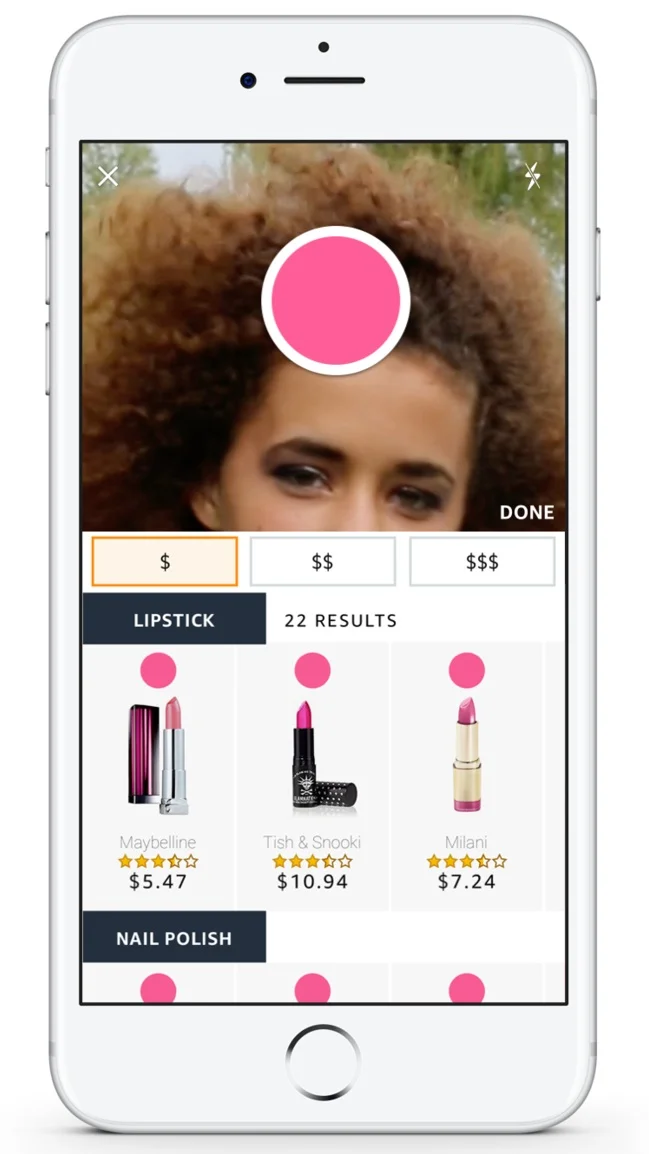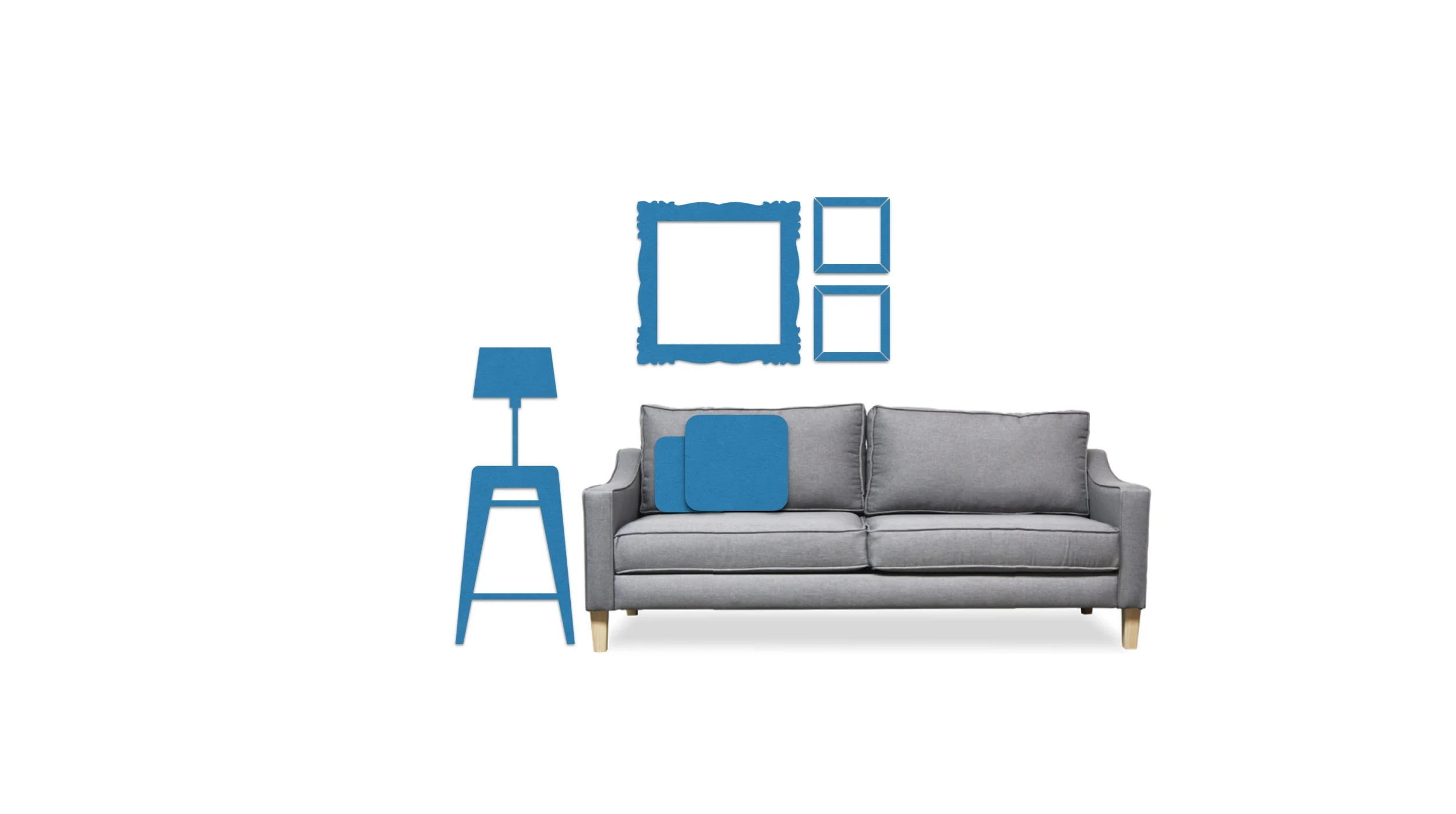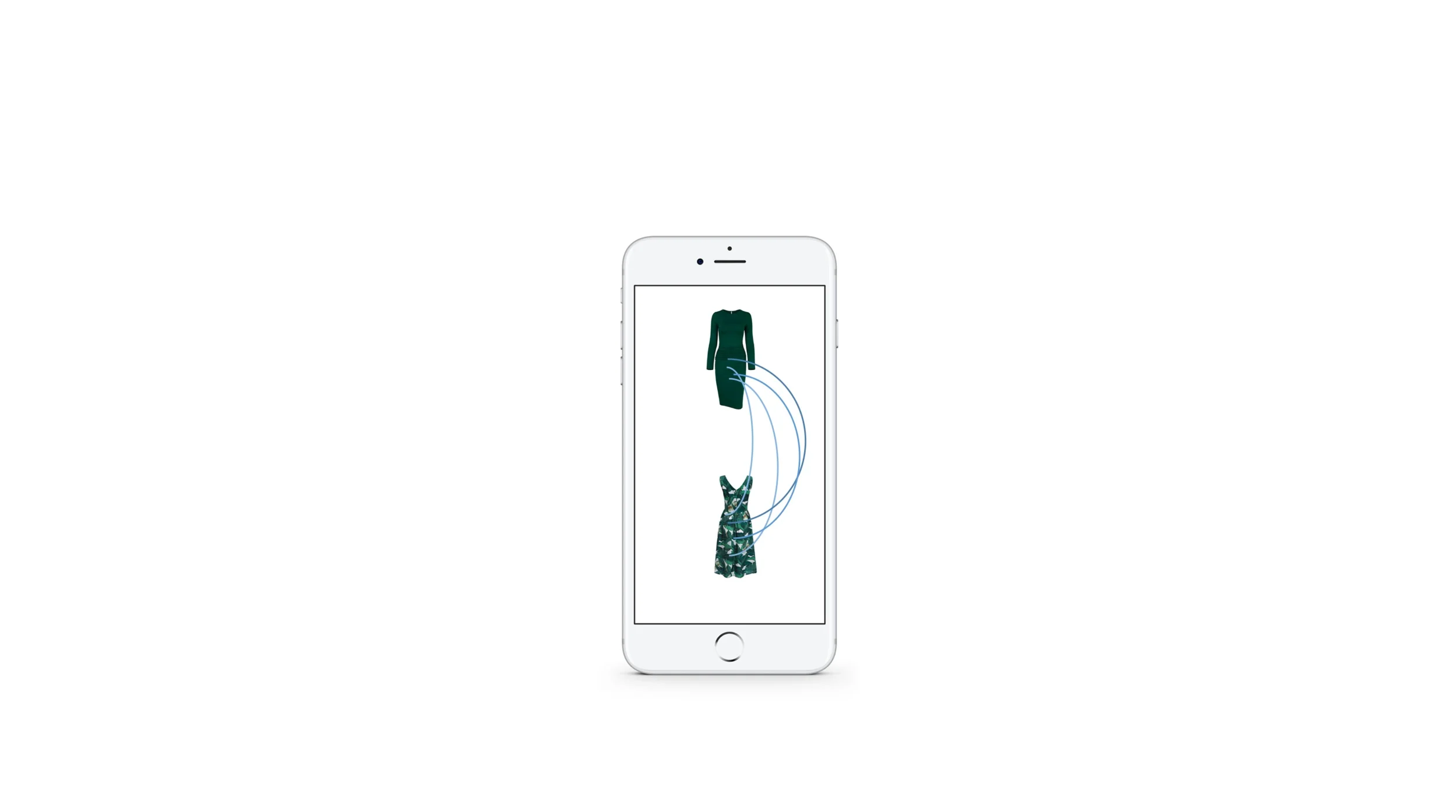Product Discovery by Color
Product Discovery by Color
MARKET - beauty at amazon
Amazon’s marketplace is responsible for 21.1% of online beauty sales in 2016—the largest of any other online retailer.
The “U.S. Beauty Sector Will be worth $90 Billion by 2020.”
(Source: April Berthene | Feb. "Amazon Nabs the Top Spot for Online Cosmetics Sales." Digital Commerce)
CUSTOMER PROBLEM - COLORS ARE HARD TO DESCRIBE
Small differences in color matter. Shade differences affect the application of beauty products; in matching/contrasting to the skin tone of the wearer and in deciding which aspect of a look the product contributes.
Product discovery is hard. The beauty industry solves the product identification problem by using fun names that describe a feeling and not the shade of color, making text based searches irrelevant.
These are examples from a Revolution eyeshadow palette. The makeup industry uses fun names to identify different shades.
In this look, the shade Midwest from the palette is a center eye color and Dues paid is a outer corner color. The small difference in color changes their use in makeup application.
solution - enable customers to discover products by color
Customers can scan in color inspirations or explore the color bubbles in the interactive color space. This interface helps customers find exact color matches across cosmetics types. Filtering the real time results by price range, brand and rating further enables them to make confident choices.
Tech stack - search using deep learnt color feature vectors
A backend service runs off line processing to extract and save feature vectors for cosmetic swatches. Color inspirations can be scanned in or chosen off a color wheel. The query patch is fed through the color model to extract a query feature vector. A look up service provides real time results.
COLOR MODEL
The tech leverages the layer outputs from a shade specific color classification model.
COLLABORATIONS
Product Designer: Andrea Alam










